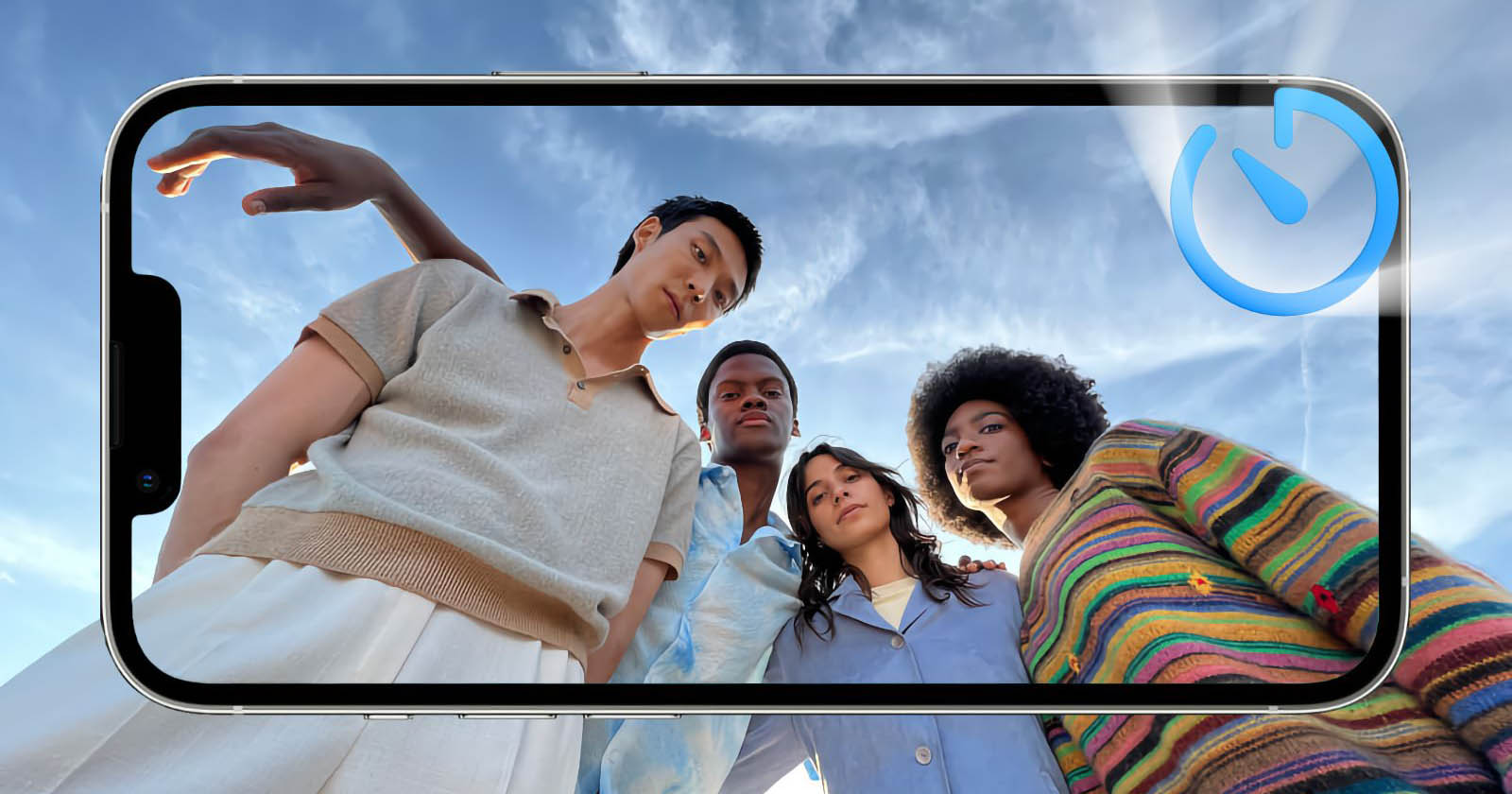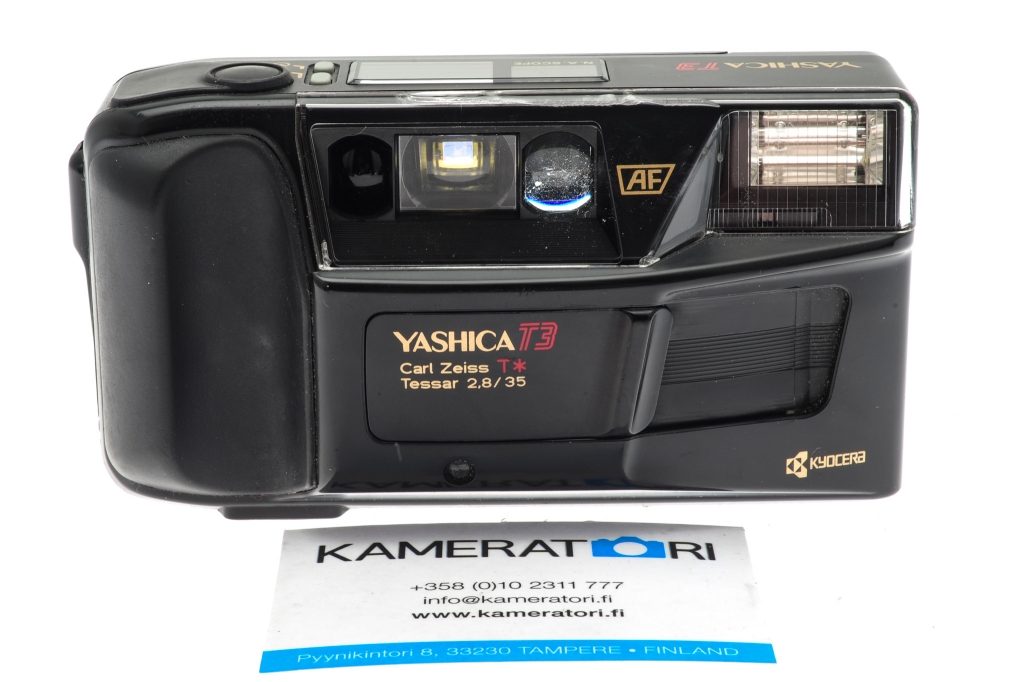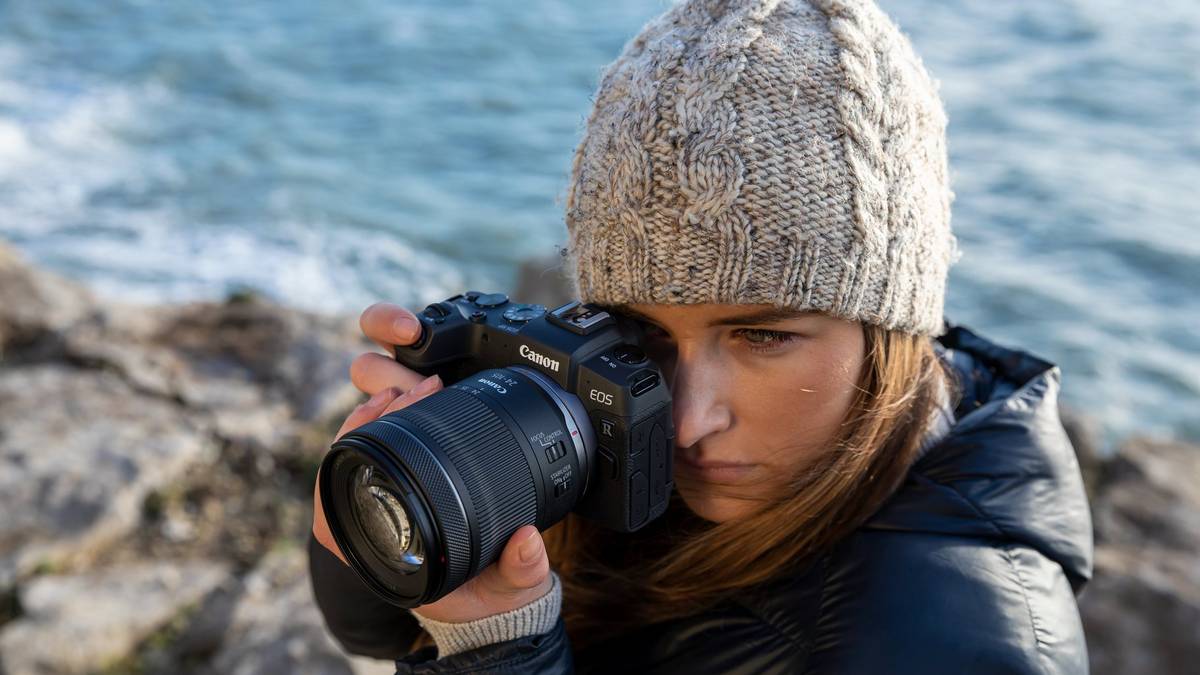
Photographing moving objects requires special skill. Although it is possible for a picture to be of high quality, sometimes it does not look right. Ask yourself what went wrong with the picture and what you can do differently to fix it. You'll eventually be able take photos that achieve the desired effect with time. Here are some ways to improve your motion blur photography skills. Keep reading to learn more. Keep practicing!
Filters for neutral density
A variety of photography applications can use neutral density filters (ND). ND filters are used to reduce the visibility of moving objects. In general, a higher ND filter strength is best for waterfalls and fast lenses. However, in some cases it may be advantageous to use lower ND filters. In these situations, the camera's light metering compensates by letting more light in.

Shutter speed
You've likely heard of shutter speeds and wondered how you can use them for motion blur. Shutter speed can be used to blur or freeze an object. The speed of the subject will determine the shutter speed. You should generally use a slow shutter speed to capture moving subjects that are in focus. Slow down your shutter speed to keep your subject in focus through your viewfinder. This will create a clear, sharp subject but blurred backgrounds.
Shutter angle
The basic rule for shutter angle is that it should be at least 180deg. If the shutter angle was 180deg, the explosive's motion would be smoother. The other two examples would cause blurred video. This rule can be broken by making your video blurry and shaky. The blurring effect is generally more noticeable the higher the shutter angle.
ISO
ISO for Motion Blur Photography is crucial to capture the motion of moving objects or objects. This effect can be achieved in many ways. You can find a tutorial on how to achieve it. One of the most common methods is to use low ISO, panning or wide-angle lenses. While you will certainly find some examples of these techniques that work well, they are not necessarily applicable for all situations.

Persistence
Persistence is one of the key elements of motion blur photography. It's the process that merges light and darker images that enter our eyes to form a continuous picture. This is sometimes called flicker fusion. As the eye moves, blurred images are created. Persistence in motion blur photography can be achieved by using a high frame rate. The resulting image has a natural bokeh effect, similar to the effects created by a long exposure on a strobe.
FAQ
Which camera is best for beginners?
The best camera for beginners depends on your budget, needs, and skill level.
For example, if you're looking to save money, you might choose a point-and-shoot digital camera. These cameras have a good quality, but they are not very versatile.
A DSLR (Digital Single Lens Reflex) camera has interchangeable lenses that let you shoot different types of shots. While they are more expensive than point and shoots, they offer much more flexibility.
A beginner's package is a great way to get started in photography. Everything you will need, including a tripod, flash, memory cards and lens, can be found in one package.
Don't forget to buy extra batteries too!
Cameras for Sale
There are many online places where you can purchase cameras. We recommend purchasing from a trusted retailer such as B&H Photo Video. Their knowledgeable staff can answer any questions that you might have.
B&H ships your order quickly and securely.
This video will explain how to shop for cameras.
How can I make my photos look beautiful?
You can look great in photos if you take them yourself. Learn how to pose and what angles look best. You will also learn to use lighting and props as a way to enhance your natural beauty.
You will learn how to choose clothes that fit, make-up that suits you, and hairstyles and styles that work for your face.
And if you're not happy with the results, we'll show you how to retouch your images using Photoshop and other editing software.
Do yourself a favor and take some self portraits!
How can you become a skilled photographer?
Photography is an art form that requires practice, patience, dedication, and above all else, passion. If you are passionate about your photography, you will do much better than you would if you were only interested in making a living.
You should learn how your camera works. You must understand composition, lighting, exposure, depth of field, etc. A good understanding of Photoshop is also necessary.
Photography is not easy, but once you master it, there is nothing quite as satisfying as creating images that capture moments in time that would otherwise have been lost forever.
To improve your skills, you can read books and attend classes. You can also participate in competitions. You will gain confidence and experience, which can lead to improvements. What equipment will I need?
It really all depends on what type of photography you enjoy. If you are interested landscape photography, you will need to have a wide-angle zoom lens.
If you are into portrait photography, you must invest in a telephoto lens.
A tripod is essential for photographing. A tripod allows you to stand still and compose your photograph without having to move.
Camera bags can be useful for carrying your camera and memory cards as well as other accessories.
If you are using a compact lens, a flash is needed.
For beginners looking to capture professional-quality photos, a DSLR (Digital Single Lens Reflex Camera) is the best option.
DSLRs are very popular because you can control every aspect of the photo including shutter speed, apertures, ISO sensitivity and white balance. A variety of features are available such as autofocus and auto-exposure locks, bracketing, self-timer, and RAW formatting.
How do I get started with digital photography?
The first thing you should consider when starting out in digital photography is what type of camera you want to use. There are many choices, including DSLRs (digital one-lens reflex cameras), point and shoot compact cameras, camcorders, smartphones, and camcorders. Each model has its own unique features and advantages. DSLR cameras can produce high-quality images, but they are usually heavier and more bulky than other types. Point-and-shoot cameras are smaller and lighter and often include automatic settings for certain situations. Camcorders offer excellent video recording capabilities, and may also have still photo shooting modes. Smartphones are small, light, and easy to carry around and offer great image quality and many advanced features such as GPS mapping, music playback, and Internet browsing.
Once you have made your decision on the camera type you wish to purchase, it is time to decide if you want to buy a used one or a brand new one. You can find affordable used cameras, particularly if you bought them in the last few years. Newer models cost more, as manufacturers spend a lot of money on developing new technology.
Next, you will need to purchase lenses. Lenses are crucial in determining the quality and appearance of your photos. They enable you to adjust the focal length of the lens so that you can zoom into the scene with no loss of focus. Some lenses come with built-in flash units while others need external flash units. A wide range of lenses is available from various brands, each offering unique characteristics.
Finally, you'll need to buy memory cards. Memory cards store pictures taken by your camera. It can hold hundreds to thousands of photos, depending on how big your card is. Multiple memory cards are required if you intend to take many pictures.
Is photography a talent
Photography isn't a talent, it's an art form that takes practice, training, as well as experience. It takes years of study and practice to become proficient at any aspect of the craft.
Photography is also a business where you need to have a plan for how you are going to make money from it.
You need to know what type of clients you are looking for and how you can reach them.
You must know their identity and what they want. To convince them to purchase your services, you need to be able to communicate clearly.
You will need to be organized and ready for any meeting with potential clients.
A portfolio of your work is essential in order to be able to approach potential clients. This can be done electronically using software programs or printed on paper.
Once you have created your portfolio, you need to find opportunities to display it. You can either approach businesses directly or advertise online.
Statistics
- The second easiest way to get blurry photos 100% of the time is to use a cheap filter on the front of your lens. (photographylife.com)
- By March 2014, about 3 million were purchased monthly, about 30 percent of the peak sales total. (en.wikipedia.org)
- That's the easiest way to get blurry photos 100% of the time. (photographylife.com)
- In this case, 100% of readers who voted found the article helpful, earning it our reader-approved status. (wikihow.com)
External Links
How To
What are the essential skills required to be a professional photographer?
Technical knowledge, artistic ability and business acumen are the essential skills needed for any job in photography.
Technical knowledge includes the ability to understand exposure settings, camera functions and lens types.
Artistic ability involves understanding composition, lighting, and posing and knowing how to use Photoshop and other editing software.
Business acumen is about managing time, budgeting, time management, and dealing effectively with clients.
If you want to become a professional photographer, then you should have an interest in photography from a young age.
Online courses or classes in school can help you learn about photography.
You will also find many books on photography that can help you.
Not only is it important to study photography, but it is also important to develop your style.
This will enable you to be different from other people in the field.
Over the years, photography has evolved. In the past people used cameras like the Kodak Instamatic or Polaroid instant camera.
Digital cameras are now more popular than ever. These days most photographers use their smartphones to take photos.
It is possible to buy a smartphone that takes high-quality images, but if you really want to get into photography, you need to invest in a DSLR (Digital Single Lens Reflex) camera.
A DSLR can be used to control every aspect, from shutter speed, aperture, ISO, sensitivity, white balance, focus, and white color.
These features allow for you to create incredible photographs and effects.
These controls can be used to change the mood of your photo.
For example, you could make your subject appear blurry by using a fast shutter speed.
You can make them appear like they're moving by increasing light into the camera.
A color temperature adjustment can be used to modify the mood in your image.
You can, for example, increase the red in the picture if you see a lot of blue light. This will give it a warmer look.
It may be difficult at first to determine which direction your camera should point.
Once you get the basics down, it will be easy to see that it's not difficult at all.
It's much simpler than you think!
You will likely start off by only shooting landscapes and close-up shots.
Do not worry! As you gain experience, your ability to capture portraits and abstracts will improve.
After mastering the basics of the subject, you can move onto more advanced topics.
Here are some tips to help you get started:
-
Pick a great location. Choose somewhere where you can relax and enjoy yourself.Avoid places that are too busy because you won't be able to concentrate properly.
-
Look for something to photograph. Find unusual and unique things to photograph.
-
Make sure to take lots of practice photos. Practice makes perfect!
-
Experiment with different angles. Different angles are best depending on what goal you're trying to reach.
-
Use different lenses. Different lenses offer different perspectives.
-
Low-light photography is a good option. It can be difficult to shoot in bright sunlight.
-
Try framing your shot. Frames are an important skill when you capture an image.
-
Learn how to use your camera settings. The best way to improve your photography is to spend time experimenting with your camera settings.
-
Continue learning new techniques. There are many ways to learn about photography.Visit local exhibitions, galleries, museums, and libraries.
-
Read magazines, books, and other publications. Everything you need to know about photography can be found in books and magazines.
-
Join a club. Photograph clubs often host events that encourage members sharing their work.